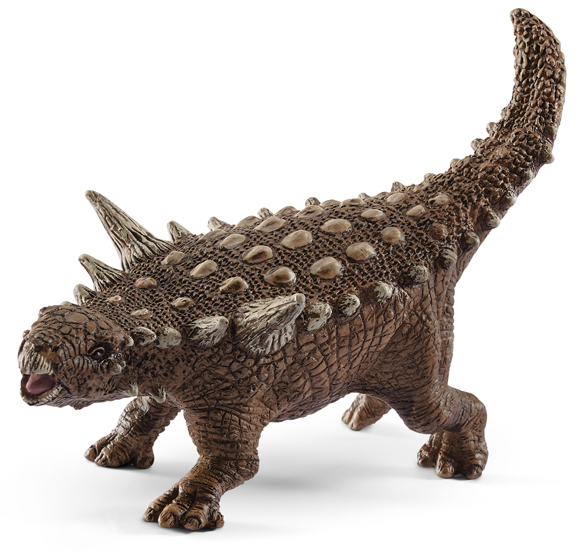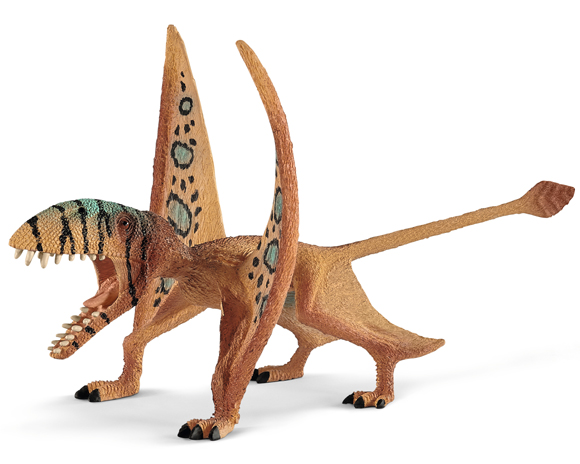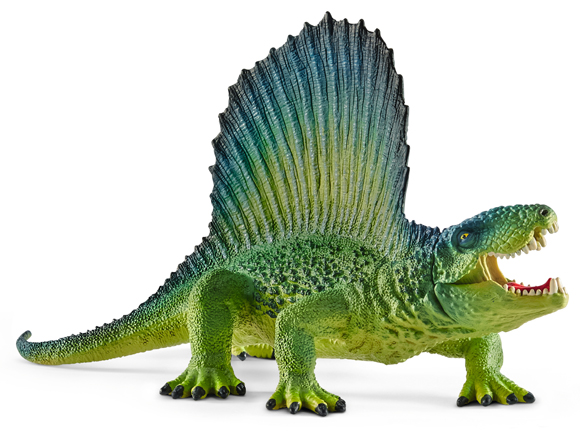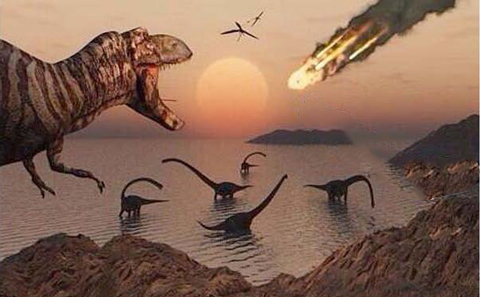New Schleich Replicas for 2019
New Schleich Prehistoric Animal Replicas for 2019
Schleich are introducing a number of new prehistoric animal replicas in 2019. Several models have also been retired from their “Dinosaurs” range. The first models scheduled for quarter 1 of 2019 are:
- Schleich Spinosaurus (quadruped pose)
- The Schleich Animantarx (an armoured dinosaur)
- Schleich Dimorphodon (flying reptile)
- The Schleich Dimetrodon (a sail-backed pelycosaur)
- Schleich Giganotosaurus (giant, South American dinosaur)
The New for 2019 Schleich Prehistoric Animal Figures (Quarter 1 2019)

Picture credit: Everything Dinosaur
The New for 2019 Schleich Spinosaurus
The new for 2019 Schleich Spinosaurus model will replace the current obligate biped version (Spinosaurus violet). The German manufacturer has created a Spinosaurus dinosaur model in a true quadrupedal pose, this reflects the consensus reached about the posture of Spinosaurus aegyptiacus in a scientific paper published in 2014. Note that the sail of this figure has also been given a makeover with the new Spinosaurus sail much less rounded in shape than on previous incarnations. The tail is much more crocodilian and the colour scheme chosen for this replica is muted and understated.
New for 2019 – Schleich Spinosaurus

Schleich Animantarx
Also expected in quarter 1 of 2019, is the Animantarx model. An armoured dinosaur (member of the Nodosauridae family), from the famous Cedar Mountain Formation of the western United States (Utah). This figure is being introduced to the range, as 2019 marks the twentieth anniversary of the formal scientific description of this three-metre-long “living citadel”. The Animantarx model is the first nodosaurid that Schleich has added to their model range since the retirement of the “Saurus” Edmontonia more than a decade ago.
Coming to Everything Dinosaur in 2019 the Schleich Animantarx Model
A Schleich Dimorphodon
Flying into view comes the Schleich Dimorphodon model, a beautifully-crafted replica of a flying reptile, fossils of which were found by the famous Georgian/Victorian fossil hunter Mary Anning. Unlike the majority of earlier Schleich pterosaur models, the Dimorphodon is not flying but modelled as a terrestrial animal, wandering around Early Jurassic forest floors on all fours.
The New for 2019 Schleich Dimorphodon Model
Visit the Everything Dinosaur website: Everything Dinosaur.
The “eyespots” on the wings are very distinctive and that large skull with its big teeth has been carefully sculpted. The tail too is also to be commended, it was very stiff and the “rudder” on the end might have been marked in some way to aid visual communication. The Schleich Dimorphodon is due to arrive in early 2019, looks like it could be a soar away success!
Schleich Dimetrodon Model
A new colour version of the Dimetrodon will be introduced next year. The 2016 Dimetrodon figure with its reticulated pattern on the sail, is being retired and will be replaced by this, predominantly green model. Although, not a dinosaur and more closely related to modern humans than to animals such as Tyrannosaurus rex, Dimetrodon has been a staple of prehistoric animal ranges for a long time. It might be sad to see the withdrawal of the 2016 model, but at least with this new addition, pelycosaurs will still be represented within the Schleich range.
Say Hello to a New Version of a Sail-backed Reptile – Schleich Dimetrodon
To read a recent article about Schleich prehistoric animal model retirements: Schleich Prehistoric Animal Model Retirements 2018.
A New Schleich Giganotosaurus
The last of the new for 2019 announcements features a replacement for the brightly coloured, orange Giganotosaurus figure, which first made an appearance in 2015. The colour scheme for the new figure is more subdued, when the paintwork on the new Spinosaurus figure is also considered, Schleich might be moving towards more subtle colouration on their prehistoric animal figures. If this is a trend, then these new colour versions of existing replicas may have a greater appeal with animal figure collectors as well as dinosaur model fans.
The New for 2019 Schleich Giganotosaurus Model
All these models are scheduled to be in stock at Everything Dinosaur in the first few weeks of 2019.
To view the range of Schleich prehistoric animals currently available: Schleich Prehistoric Animal Models.










